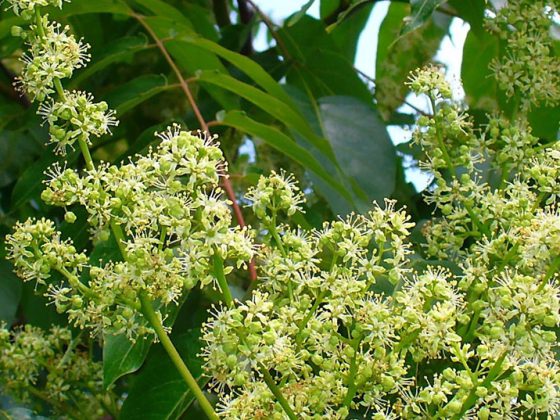Subsyndromal anxiety disorder has great impact on quality of life and is associated with a high risk of comorbidities and a low spontaneous recovery rate. To prevent the manifestation of generalized anxiety disorder, effective therapy should be provided as early as possible. However, there are no treatment guidelines yet and many of the patients do not receive any therapy at all. Yet there are effective ways to treat the disease and naturally, as results of a meta-analysis show.
Subsyndromal anxiety disorder (SSAD) is a very common, but equally common underdiagnosed and undertreated disorder. Affected individuals do not fully meet the diagnostic criteria for “syndromal” generalized anxiety disorder (GAD). However, epidemiologic data suggest that the population prevalence of SSAD exceeds that of GAD in Europe and North America by a factor of approximately three. Scientists agree that SSAD causes relevant dysfunction and suffering and significantly reduces quality of life. If symptoms such as restlessness, easy fatigability, sleep disturbances, irritability, etc. are present over a period of at least four weeks, intervention should be made. The earlier adequate therapy is initiated, the lower the risk that SSAD will progress to GAD.
A meta-analysis examined patient data from three double-blind, randomized, placebo-controlled, multicenter phase III trials in patients with below-threshold anxiety who received silexan. The first included patients with SSAD, participants in the second study suffered from agitation and sleep disorders, and the third study was conducted with patients diagnosed with mixed anxiety and depressive disorder (MADD). In addition, 14 other publications were identified and evaluated but did not yield usable data they were performed in other indications.
Essential oil can help
Silexan is an essential oil extracted by steam distillation from Lavandula angustifolia flowers and causes potent inhibition of voltage-dependent calcium channels (VOCC) in synaptosomes, primary hippocampal neurons, and stably overexpressing cell lines. These play an important role in both anxiety and depression. Inhibition of VOCCs may result in attenuation of the excessive, situationally inadequate central nervous system stress response associated with anxiety and mood disorders. In addition, the drug significantly reduces the 5-HT1A binding potential in brain clusters that include the temporal gyrus, fusiform gyrus, hippocampus, insula, and anterior cingulate cortex. This can lead to an increase in extracellular serotonin levels.
Lavender for anxiolysis
Participants with a Hamilton Anxiety Rating Scale (HAMA) total score of ≥18 points received silexan or placebo 1× 80 g/day for 10 weeks. Outcomes included the HAMA, Pittsburgh Sleep Quality Index, Zung Self-Rating Anxiety Scale, Clinical Global Impressions Questionnaire, and SF-36 Health Status Inventory. The phytotherapeutic was found to be superior to placebo in reducing the HAMA total score in all studies. It also had a positive effect on sleep without causing sedation and improved patients’ health-related quality of life. The incidence of adverse events was comparable in both treatment groups.
Researchers agree that subsyndromal anxiety disorder is not only a diagnostic entity in its own right, but also an important feature or comorbidity symptom of multiple psychiatric (especially depressive) and somatic disorders. They confirm Silexan has a significant and clinically meaningful antianxiety effect in these anxiety disorders. Here, the anxiolytic effect was evident in both observer ratings and patient self-ratings of anxiety.
Many medications recommended for first-line therapy in anxiety disorders exhibit sedative effects. However, this significantly reduces the patient’s ability to perform essential activities of daily living, such as driving. No sedative effect was described for silexan in the meta-analysis.
Further reading:
- Möller HJ, Volz HP, Dienel A, et al: Efficacy of Silexan in subthreshold anxiety: meta-analysis of randomised, placebo-controlled trials. Eur Arch Psychiatry Clin Neurosci 2019; 269(2): 183-193.
InFo NEUROLOGY & PSYCHIATRY 2020; 18(1): 34.











